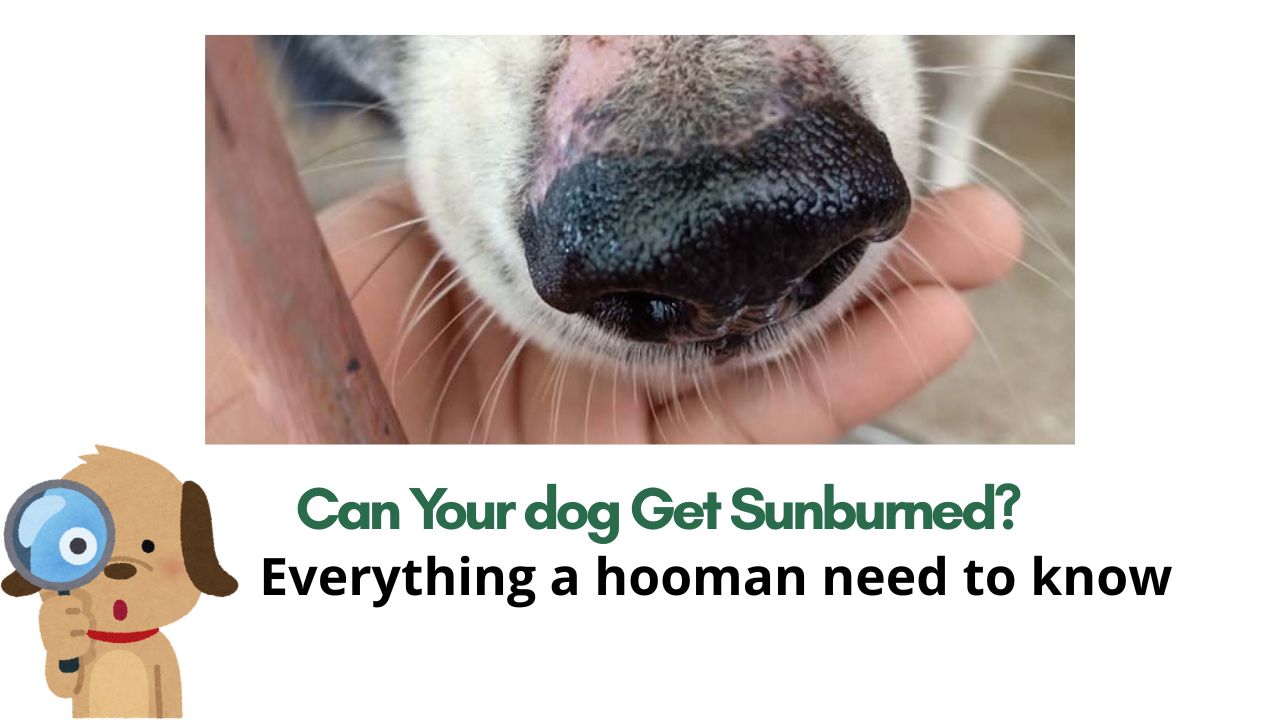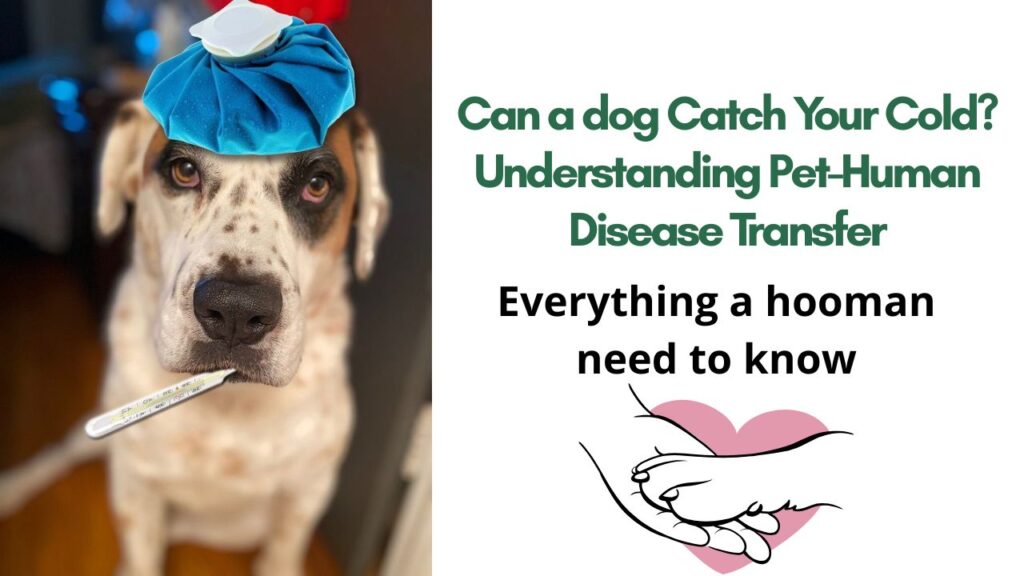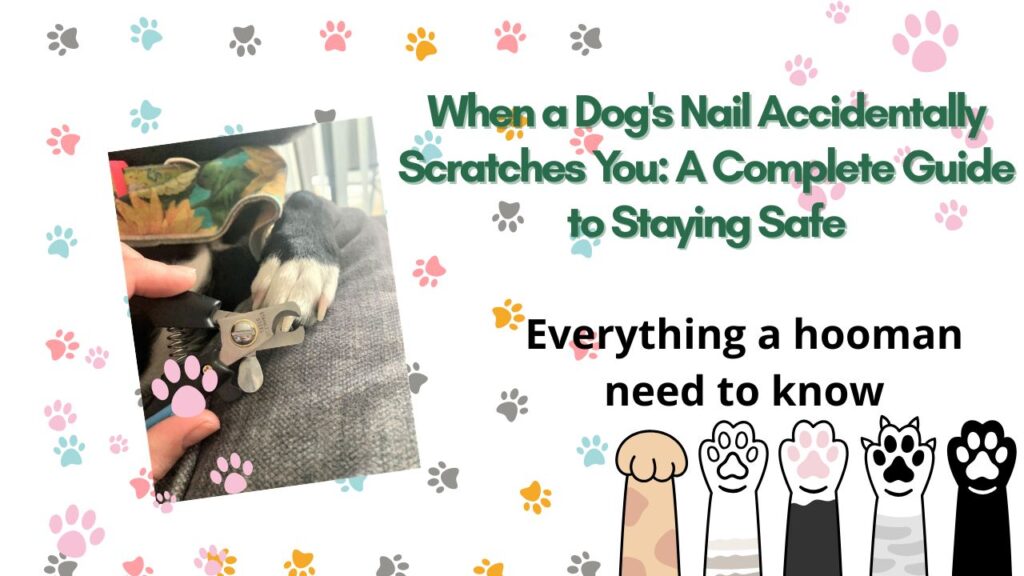You might think that your dog’s fur coat provides all the protection they need from the sun’s harmful rays. But here’s something that might surprise you: dogs can absolutely get sunburned, just like we humans do. In fact, it’s more common than most pet parents realize, and it can lead to serious health problems if we’re not careful.
As someone who’s spent over a decade writing about pet care and witnessing countless cases of preventable sun damage in our four-legged friends, I want to share everything you need to know about keeping your pup safe during those sunny outdoor adventures. Whether you’re planning a beach day, a hiking trip, or just enjoying your backyard, understanding canine sunburn could save your dog from unnecessary pain and potentially life-threatening complications.
What Causes Sunburn in Dogs?

Just like humans, dogs experience sunburn when their skin gets overexposed to ultraviolet (UV) radiation from the sun. The science behind it is pretty straightforward – those harmful UV rays penetrate the skin and damage the cells underneath, causing inflammation, redness, and pain.
What makes this particularly tricky for our canine companions is that their fur provides varying levels of protection. While thick, dark coats offer some natural defense, many areas of a dog’s body remain vulnerable to UV damage. The danger becomes especially high between 10 AM and 4 PM when the sun’s rays are strongest.
Here’s what’s really concerning: sunburn in dogs can develop in as little as 30 minutes to an hour on a regular sunny day. That’s barely enough time for a decent walk in the park! And if you live at higher altitudes, the risk increases even more because there’s less atmospheric protection from those intense UV rays.
The process works exactly like human sunburn – the UV radiation causes acute damage to skin cells, leading to the classic signs we’ll discuss later. But unlike humans who can easily apply sunscreen and seek shade when they feel their skin getting hot, dogs rely entirely on us to protect them.
Dog Breeds More Susceptible to Sunburn
Not all dogs face the same level of risk when it comes to sun damage. Some breeds are like walking targets for harmful UV rays, while others have better natural protection. Let me break down the most vulnerable groups so you know if your furry friend needs extra attention.
Hairless Breeds: The Ultimate Sun Magnets
Hairless dog breeds are essentially defenseless against UV radiation. Chinese Crested dogs, for instance, can develop painful burns in just 30 minutes of direct sunlight. Other hairless breeds like the Xoloitzcuintli (Mexican Hairless), American Hairless Terrier, and Peruvian Inca Orchid need comprehensive sun protection during any outdoor activity.
Light-Colored and White-Coated Breeds
Dogs with white or light-colored coats typically have fair, pink skin underneath that burns incredibly easily. Dalmatians are particularly susceptible due to their sensitive pink skin. White Bulldogs, Collies with white markings, and lighter-colored Poodles (especially white and apricot varieties) also face higher risks.
Short-Haired and Thin-Coated Breeds
Several popular breeds have naturally thin or short coats that provide minimal sun protection. Whippets and Greyhounds have fine, sparse fur that leaves their skin vulnerable, especially on bellies and inner thighs. Boxers, Pit Bull Terriers, Staffordshire Bull Terriers, and Weimaraners also need careful monitoring in sunny conditions.
Breeds with Specific Vulnerable Areas
Some dogs have particular body parts that lack sufficient protection. Short-legged breeds like Corgis and Dachshunds often get belly sunburns from UV rays reflecting off the ground. Dogs with thin ear tips, such as Ibizans and Pharaoh Hounds, frequently experience ear burns.
Special Circumstances That Increase Risk
Beyond breed considerations, certain situations make any dog more vulnerable. Recently shaved or trimmed dogs have temporarily lost their natural protection. Senior dogs often develop thinner coats as they age, and puppies generally have thinner coats than adults regardless of breed. Dogs with medical conditions like hypothyroidism or Cushing’s disease that cause coat thinning also need extra protection.
Areas Commonly Affected by Sunburn in Dogs
Understanding where dogs typically get sunburned helps you focus your protective efforts and spot problems early. The most vulnerable areas are those with minimal fur coverage or where the skin is naturally exposed.
The Face and Head Region
The nose is probably the most common sunburn location in dogs. That adorable black or pink nose is constantly exposed and has zero fur protection. The ear tips and edges are equally vulnerable, especially in breeds with upright ears. The delicate skin around the eyes and lips also frequently show signs of sun damage.
The Belly and Underside
Many dogs love to sunbathe on their backs, which exposes their belly and groin area to direct UV rays. This is particularly problematic for dogs who spend time on patios, decks, or other sunny surfaces. Short-legged breeds face additional risk because UV rays can reflect off pavement and concrete, hitting their undersides even during normal walks.
The Back and Shoulders
The back of the pet is another commonly affected area, especially in dogs with thin coats or those who’ve been recently groomed. Any area where fur has been shaved for surgery or medical procedures becomes temporarily vulnerable until the hair grows back.
Previously Damaged Areas
Dogs with scar tissue from previous injuries or surgeries are at higher risk in those specific locations. Areas affected by chronic skin conditions like atopic dermatitis, or spots where flea infestations or fungal infections have caused hair loss, also become prime targets for sunburn.
How to Tell if Your Dog Has Sunburn
Recognizing sunburn in dogs isn’t always straightforward, especially since symptoms can take several hours to appear after exposure. As a pet parent, you need to know what to look for so you can provide prompt care and prevent complications.
Visual Signs to Watch For
The most obvious indicator is red or pink skin, particularly in areas with less fur coverage. This redness can range from a mild pink flush to an angry, deep red color depending on severity. You’ll typically notice this first on the ears, nose, skin around the eyes, and back.
In more severe cases, you might see blistering of the skin. The affected areas may also show hair loss, dry and cracked ear tips, or even skin ulcers, wounds, rashes, or infections. As the skin begins healing, you might notice peeling skin similar to what happens with human sunburns.
Behavioral Changes That Signal Discomfort
Your dog’s behavior often tells the story before visual symptoms become obvious. Watch for vocalization of pain when the affected area is touched. Dogs with sunburn typically show soreness and tenderness – they might wince or pull away when you try to pet certain areas.
Excessive licking or biting at the burned skin is another telltale sign. Your dog is trying to soothe the discomfort, but this can actually make the problem worse by introducing bacteria and causing further irritation.
Systemic Symptoms in Severe Cases
When sunburn is extensive or severe, dogs may show signs that affect their whole body. Lethargy and general unwellness are common. Some dogs develop a slight fever, and in very severe cases, you might see weakness, fainting, and shock due to heat exhaustion.
Timeline for Symptom Development
Here’s something crucial to remember: sunburn symptoms don’t always appear immediately. It can take anywhere from 1 hour to 3 days for signs to show up after sun exposure. This delayed reaction often catches pet parents off guard, so always consider recent sun exposure when evaluating skin problems.
How to Treat Sunburn on Dogs
When your dog does get sunburned, quick and appropriate treatment can make all the difference in their comfort and recovery time. However, it’s crucial to know when home care is sufficient and when professional veterinary attention is needed.
Immediate First Aid Measures
The first step is providing immediate cooling relief. Apply a cold compress to the affected areas using a damp, cool towel or cloth. Avoid ice packs or extremely cold water – you want it cool to the touch, not freezing. Wrap any frozen items in a tea towel to prevent them from sticking to or further damaging the skin.
Cool water sprays can also provide relief. Keep cool water in a spray bottle and lightly mist the sunburned areas as needed. Replace the water when it gets warm to maintain the cooling effect.
Safe Topical Treatments
For mild sunburn, several pet-safe topical treatments can help soothe the skin. Aloe vera gel specifically formulated for dogs can provide cooling relief. Witch hazel and coconut oil are other safe options that won’t sting sensitive skin.
Oatmeal soaks can be particularly soothing for widespread sunburn. Blend one cup of whole oats into a powder and add it to a bathtub partially filled with cool water. Let your dog soak for at least 10 minutes, gently pouring the oatmeal water over the burned areas. Pat dry with a towel rather than rubbing to avoid further irritation.
What NOT to Use
This is critically important: never use human sunscreen or sunburn treatments on dogs. Many human products contain zinc oxide and para-aminobenzoic acid, which are toxic to dogs. Even products that seem harmless to humans can cause serious problems for our canine companions.
Environmental Management
Keep your dog out of direct sunlight for several days while the skin heals. This means walking in shaded areas and ensuring your dog’s environment has plenty of shade. If sun exposure is unavoidable, provide protection in the form of UV-protective clothing specifically designed for dogs.
When to Seek Veterinary Care
While mild sunburn can often be managed at home, certain situations require professional attention. Contact your veterinarian immediately if you notice blistering, swelling, or open sores. Signs of significant pain or behavioral changes that seem severe also warrant a vet visit.
Burns that worsen or don’t improve within 1-2 days need professional evaluation. In severe cases, your vet may prescribe medicated creams, pain relief medications, or even antibiotics if infection develops. Very severe cases might require fluid therapy and intensive treatment.
Special Care for Sensitive Areas
The nose requires special attention since it’s always exposed and lacks fur protection. Use pet-safe nose balms with SPF protection and apply them daily, reapplying after swimming or walks. Monitor for dryness, cracks, or color changes and report these to your vet.
Frequently Asked Questions About Dog Sunburn
Over the years, I’ve encountered countless questions from worried pet parents about canine sunburn. Here are the most common concerns and their answers:
Can dogs with dark fur get sunburned?
Yes, even dogs with dark, thick coats can get sunburned, though they’re at lower risk than light-colored breeds. The areas most vulnerable are still those with minimal fur coverage – nose, ears, belly, and any spots where the fur is thin or has been shaved. Dark-coated dogs also face risks if they have pink skin underneath their fur or if they spend extended periods in intense sunlight.
How long does it take for dog sunburn to heal?
Mild sunburn typically heals within a few days with proper care. However, more severe burns can take 1-2 weeks or longer to fully recover. The healing time depends on the severity of the burn, how quickly treatment begins, and whether complications like infection develop. During this time, it’s crucial to keep your dog out of direct sunlight to prevent further damage.
Can I use human sunscreen on my dog?
Absolutely not! Human sunscreens often contain zinc oxide and para-aminobenzoic acid, which are toxic to dogs. These ingredients can cause vomiting, diarrhea, and other serious health problems if your dog licks them off their skin. Always use pet-specific sunscreens that are formulated to be safe if ingested.
What SPF should I use for my dog?
Look for pet-safe sunscreens with SPF 30 or higher. The sunscreen should be water-resistant and specifically labeled as safe for pets. Apply it to vulnerable areas like the nose, ear tips, belly, and any areas with thin fur. Remember to reapply as necessary, especially after swimming or extended outdoor activities.
Is sunburn in dogs linked to skin cancer?
Unfortunately, yes. Chronic sun exposure significantly increases the risk of skin cancer in dogs, particularly squamous cell carcinoma. This type of cancer is directly linked to UV radiation exposure and can be quite aggressive. Dogs with repeated sunburns or chronic sun damage may develop solar dermatitis, which further increases cancer risk.
Can indoor dogs get sunburned?
While less common, indoor dogs can still get sunburned if they spend time near windows with direct sunlight streaming through. This is more documented in cats, but dogs who love to nap in sunny windowsills could potentially develop sun damage over time. However, most cases of canine sunburn occur during outdoor activities.
How can I protect my dog during summer activities?
Prevention is always better than treatment. Avoid outdoor activities during peak sun hours (10 AM to 4 PM). When you must be outside, ensure plenty of shade is available. Use pet-safe sunscreen on vulnerable areas, consider UV-protective clothing for high-risk dogs, and always provide plenty of fresh water. For beach or pool days, reapply sunscreen frequently and take regular shade breaks.

Conclusion
After spending years researching and writing about pet health, I can tell you that sunburn in dogs is one of those completely preventable conditions that too many pet parents discover the hard way. The good news? Now that you know what to look for and how to protect your furry friend, you’re already ahead of the game.
Remember, our dogs depend on us entirely for their sun protection. They can’t tell us when they’re getting too much UV exposure, and they certainly can’t apply their own sunscreen! Those 30 minutes to an hour it takes for sunburn to develop can happen faster than you think – especially during a fun day at the beach or an exciting hiking adventure.
The breeds we discussed – from hairless varieties to light-colored and short-haired dogs – need our extra attention, but honestly, every dog benefits from sun safety awareness. Even that thick-coated German Shepherd or fluffy Golden Retriever has vulnerable spots that need protection.
What really strikes me is how simple prevention can be. A little pet-safe sunscreen, some strategic timing of outdoor activities, and ensuring adequate shade can save your dog from days of discomfort and potentially serious long-term health consequences. The investment in prevention is so much smaller than dealing with the aftermath of severe sunburn or, worse yet, sun-related skin cancer down the road.
I’ve seen too many cases where loving pet parents simply didn’t realize their dog could get sunburned. They thought that fur coat was enough protection, or they assumed dogs were naturally equipped to handle sun exposure better than humans. The truth is, our domesticated companions have many of the same vulnerabilities we do – they just can’t advocate for themselves.
As we head into those beautiful sunny months, I encourage you to make sun safety a regular part of your outdoor routine with your dog. Pack that pet sunscreen alongside your own, plan those walks for early morning or evening hours, and always have a shady retreat available. Your dog will thank you with years of comfortable, healthy adventures together.
And if you ever suspect your dog has gotten too much sun, don’t hesitate to reach out to your veterinarian. Early intervention makes all the difference in both comfort and recovery time. After all, our four-legged family members deserve the same level of care and protection we’d give any beloved family member.
Here’s to many more safe, sunny adventures with our canine companions – because nothing beats seeing that happy, healthy dog enjoying the great outdoors without the worry of sun damage holding them back!






